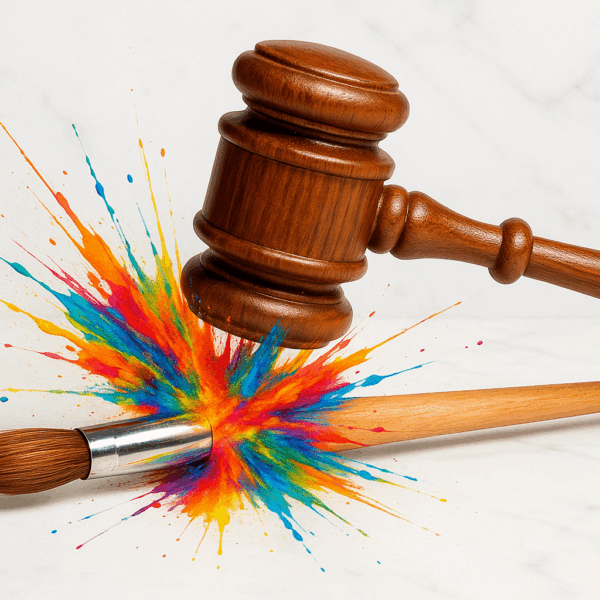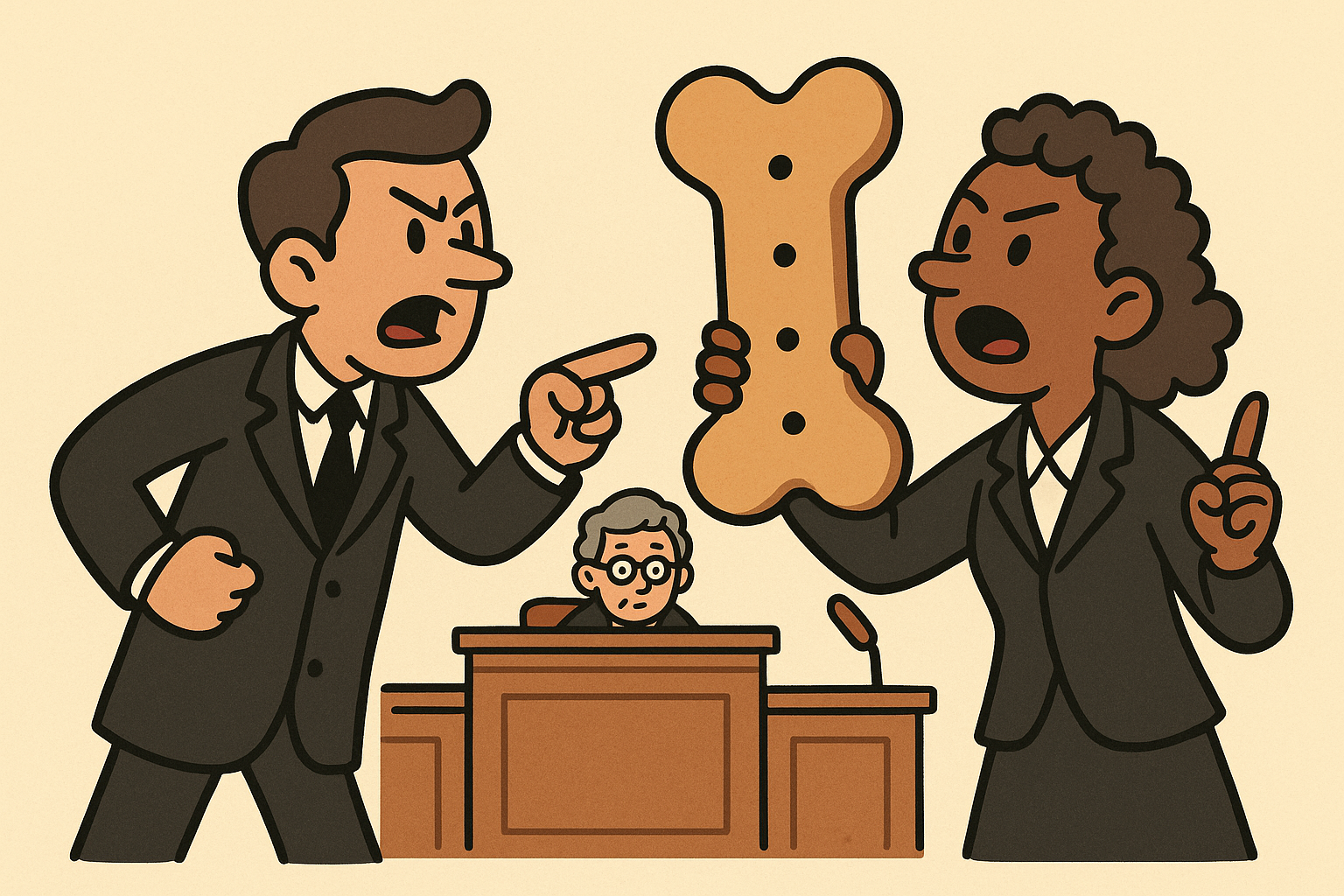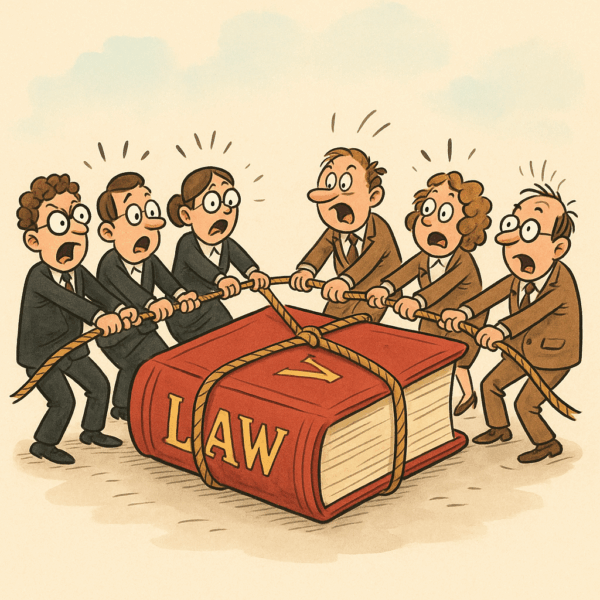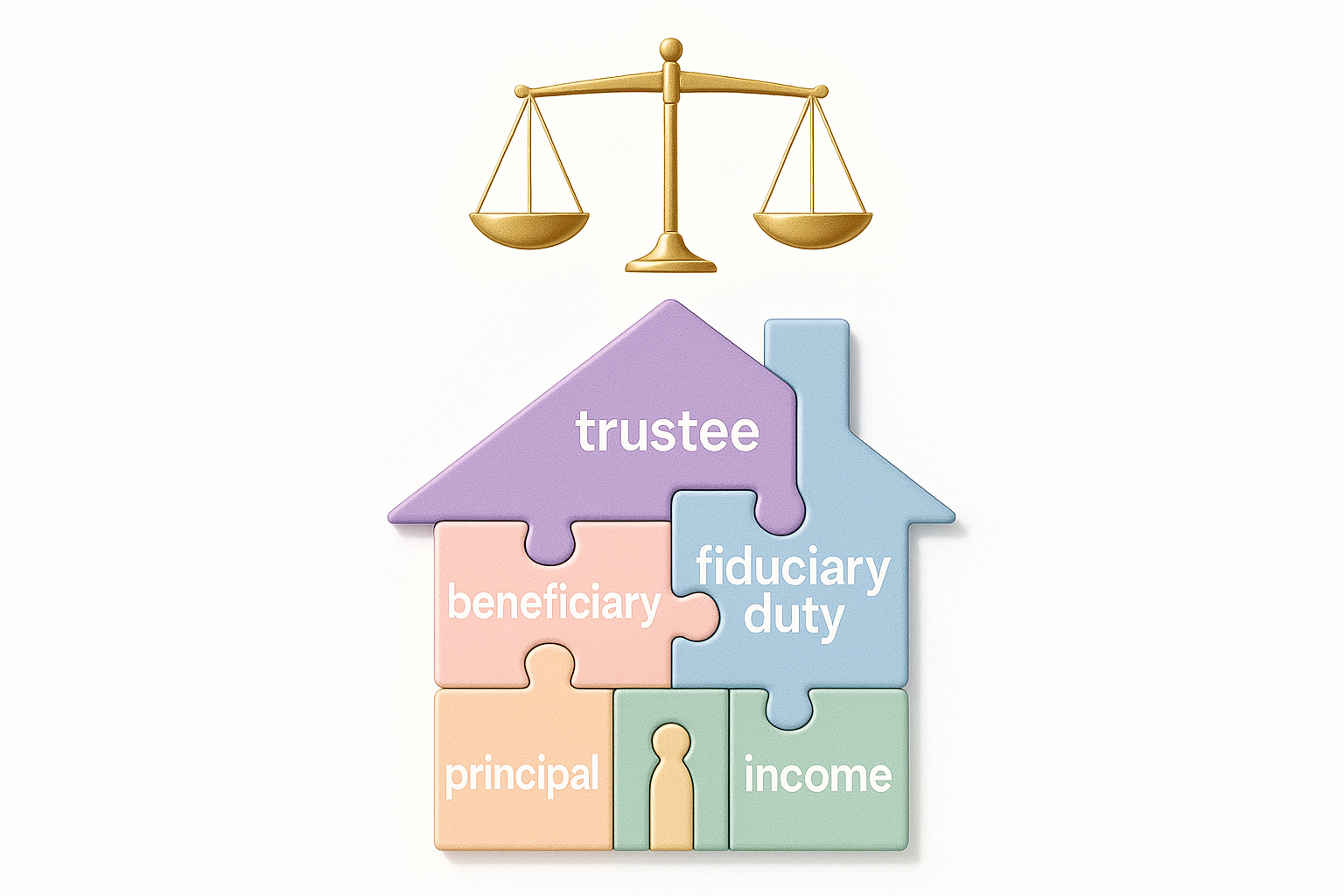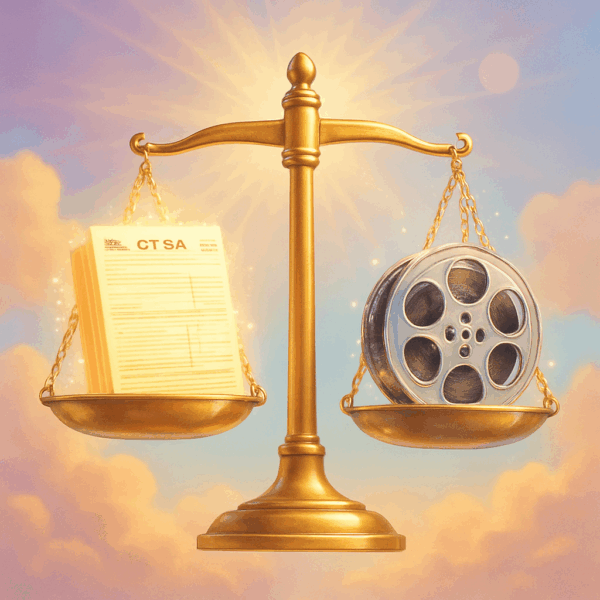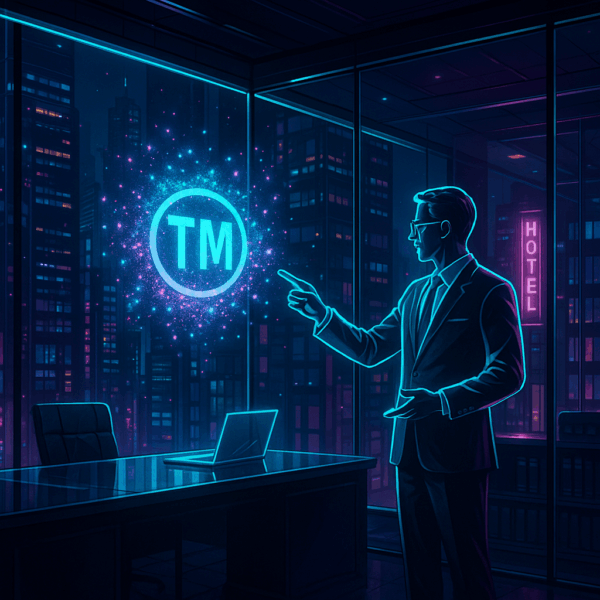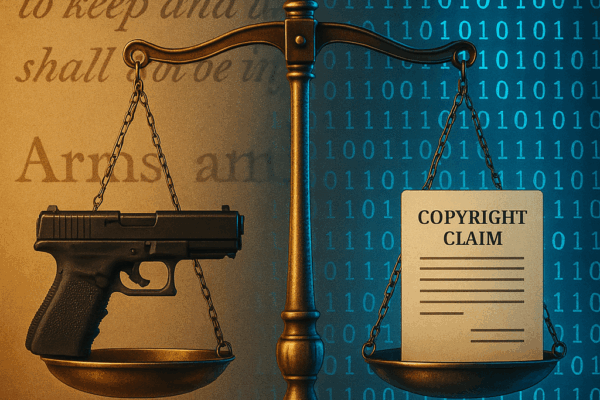
(and every other constitutional attack on modern IP law)
By The One Law Firm
The 20‑Second Pitch
When the Supreme Court decided United States v. Rahimi last summer, headlines screamed “Court Upholds Gun Ban for Abusers.”
IP lawyers could be forgiven for yawning. What does a Second‑Amendment shoot‑out have to do with cease‑and‑desist letters or DMCA takedowns?
Everything. Rahimi rewrites the Court’s history‑and‑tradition test—the very lens through which every constitutional challenge to statutory regimes (copyright, trademark, trade secrets, even patent takings) must now pass. Ignore it at your peril. [1]
A Quick‑Glance Case Brief
| Case | United States v. Rahimi |
| Citation | 602 U.S. 680 (2024) |
| Decided | June 21 2024 |
| Vote | 8–1 |
| Author | Chief Justice Roberts |
| Holding | The government may temporarily disarm individuals whom a court has found to be a credible threat to others without violating the Second Amendment. |
| Why IP Cares | Clarifies that courts should seek “relevantly similar”—not “identical”—historical analogues when judging modern regulations. |
“The Constitution is not a museum piece. It informs our present; it does not trap us in amber.”
—Justice Amy Coney Barrett, concurring [2]
The Story So Far — Bruen Revisited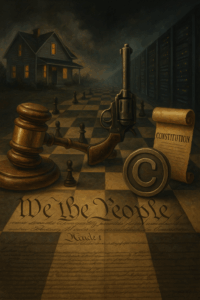
In 2022, New York State Rifle & Pistol Ass’n v. Bruen blew up gun‑control litigation by requiring regulators to point to historic analogues for every modern firearm restriction. Detractors dubbed it a “history cosplay” standard that threatened huge swaths of regulatory law. [3]
Enter Rahimi. Confronted with a case about a violent ex‑boyfriend who kept shooting up Texas parking lots while under a domestic‑violence order, the Court needed to decide whether Bruen’s strict “twin‑law” reading made any sense in the real world.
Roberts & Co. blinked: Bruen stays, but “analogous” now means “close enough in purpose and burden.” Surety “peace‑bond” laws and 18th‑century bans on riding armed “to the terror of the people” were good enough to uphold § 922(g)(8). [1]
Why That Pivot Rocks the IP World
| Rahimi Move | Immediate IP Riff | Practice Pointer |
|---|---|---|
| Analogues can be relevantly similar, not carbon copies | Defend the Lanham Act’s “names‑clause” (Vidal v. Elster) with centuries‑old rules letting people control commercial use of their names. [4] | Build purpose‑driven historical records, not one‑to‑one statutory matches. |
| Judicial finding of individual danger matters | Ex‑parte seizure orders under the Defend Trade Secrets Act require a judge’s finding of imminent harm—Rahimi’s stamp of approval. | Emphasize procedural safeguards when statutes curtail property or speech. |
| Court embraces an evolutionary Constitution | Copyright’s extension to software, AI‑generated works, and NFTs survives so long as Congress historically regulated “creative works” to spur innovation. | In First‑Amendment challenges, marry history with empirical data showing modern harms. |
Timeline: From Parking‑Lot Shootings to Supreme‑Court Doctrine
| Year | Event |
|---|---|
| 2019 | Rahimi assaults girlfriend; Texas court enters protective order. |
| 2021 | Multiple public shootings; police seize guns; § 922(g)(8) indictment follows. |
| Feb 2023 | Fifth Circuit (post‑Bruen) strikes down § 922(g)(8). |
| Nov 2023 | SCOTUS oral argument. |
| Jun 21 2024 | 8‑1 decision upholding the law; Bruen “clarified.” |
The Line‑Up Card
| Justice | Position | What IP Lawyers Should Quote |
|---|---|---|
| Roberts (C.J.) | Majority | “Relevantly similar—the Constitution demands no more.” |
| Sotomayor (+ Kagan) | Concurrence | Bruen never licensed dangerous conduct—think tailored relief. |
| Gorsuch | Concurrence | Original meaning is still king—use it aggressively. |
| Kavanaugh | Concurrence | Rahimi doesn’t doom other gun laws—nor most IP laws. |
| Barrett | Concurrence | “Law trapped in amber” one‑liner—your go‑to rebuttal to strict originalists. |
| Jackson | Concurrence | Invites data on real‑world harms—cue your empirical appendix. |
| Thomas | Dissent | Demands a “historical twin.” Keep this language handy if you’re the challenger. |
From Guns to Gigabytes—Concrete Scenarios
-
DMCA § 1201 vs. Hacktivists
Challenge: Anti‑circumvention rules chill security research speech.
Rahimi Play: Point to 19th‑century customs seizures of presses producing counterfeit notes—government historically intercepted tools that enabled mass infringement. -
“Trump Too Small” Trademark
The Court’s Elster opinion—released eight days before Rahimi—leaned on the very same “names‑clause” tradition Rahimi blesses. Expect a surge of copycat challenges to content‑based IP restrictions; be ready with pedigree analogues. [4] -
AI‑Generated Art & Takings Claims
Start‑ups argue mandatory copyright deposits for AI training are uncompensated “takings.” Rahimi says: show Congress historically regulated creative works for public benefit, and you’re in safe harbor.
Field Notes for Litigators
-
Curate the Museum. Your historical record is now exhibit A. Think peace bonds, customs seizures, printer‑licensing acts—anything that answers the “why” and “how” of the modern statute.
-
Don’t Skimp on Data. Barrett and Jackson want 21st‑century context. Combine case law with hard numbers: piracy losses, consumer confusion stats, bot‑farm metrics.
-
Preserve the Thomas Angle. Even if you win under Rahimi’s flexible test, bank the stricter “historical twin” argument for the next Court.
Rahimi is less about guns than about governance: how we read old texts in a world of facial‑recognition search warrants and AI‑generated deepfakes.
Bottom Line
Rahimi tames Bruen without muzzling it, giving regulators—and IP owners—a clearer, if still contentious, roadmap. For every constitutional broadside against the DMCA, Lanham Act, or trade‑secret seizures, the question is no longer “Can you find a perfect 1791 match?” but “Can you show a historically grounded rhyme?”
In the new history‑and‑tradition wars, that nuance is a loaded weapon.
Endnotes
-
United States v. Rahimi, 602 U.S. 680 (2024). Supreme Court
-
Barrett, J., concurring, Rahimi, 602 U.S. at 724 (slip op.). Supreme Court
-
New York State Rifle & Pistol Ass’n v. Bruen, 597 U.S. 1 (2022). Supreme Court
-
Vidal v. Elster, 602 U.S. 286 (2024). Supreme Court
-
SCOTUSblog Case File, United States v. Rahimi (accessed 2025). SCOTUSblog
-
Wikipedia editors, “United States v. Rahimi” (last updated July 2025). en.wikipedia.org

